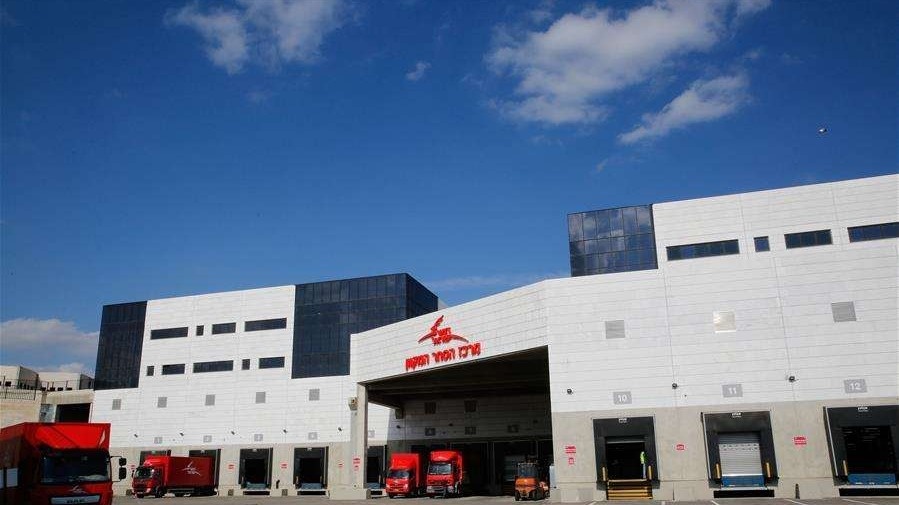China has established a batch of logistics hubs across the country to cope with the explosive demand for delivery services. However, the industry still has some weaknesses to overcome.
Yiwu in east China's Zhejiang province is known as the marketplace of small commodities. According to a delivery man who has worked in Yiwu for seven years, the delivery efficiency is hindered by insufficient infrastructure.
The chief engineer of a logistics company in Nanjing, east China's Jiangsu province, pointed out that the industry faces low efficiency of transport resources and high costs.
To cultivate national-level logistics hubs, the National Development and Reform Commission (NDRC) and the Ministry of Transport recently published a notice on the work of building 23 state-level logistics hubs.
The national-level logistics hubs will serve as the core infrastructure of the national logistics system. They will have a broader range of influence, a stronger agglomeration effect, better service functions, and higher operational efficiency, playing a vital role in the national logistics network.
These national-level logistics hubs will integrate all means of transportation and logistics resources, according to an official with the Ministry of Transport.
According to national planning, the construction of national-level logistics hubs will be implemented in three steps. By 2020, about 30 logistics hubs will be built, and by 2025, that figure will reach 150.
The 23 logistics hubs include six different types – land ports, airports, seaports, manufacturing service-oriented ports, business service-oriented ports, and land border ports. Ten of the logistics hubs are located in eastern regions, five in central areas, 7 in western regions, and one in northeast China.
(Source: People's Daily Online)




 A single purchase
A single purchase









